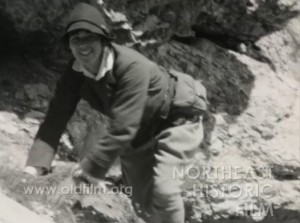
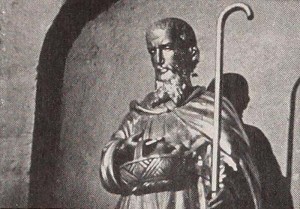
"In L'Ile d'Orléans, Radford and Judith Crawley cross a bridge and come back. But they cross a bridge with a difference, because what they see and what they make us see on the other side of that bridge is the inner essence of a withdrawn people, who proudly conserve the memory of things past in the realities of things here. The Maxim Award winner opens a door into a region of Eastern Canada — the Island of Orleans — where old French and old Canadian folkways are lived placidly and with dignity. Actually, the camera crosses a very modern bridge at the film's beginning and returns over it at its end. But, once in L'Ile d'Orléans, in the hands of the two Crawleys, this Twentieth Century box of wheels and gears spins a tale of yesterday, even if it pictures just what its lens sees today. The landscape and the old houses, some of them there for more than two hundred years, set the decor, after which we come to the dwellers in this separate Arcady. They do, with a delightful unconsciousness of being observed, the things that make up their daily lives, and, when invited to take notice of the visitors, they do this with a fine courtesy that is the very refinement of hospitality. Mr. and Mrs. Crawley devote a liberal part of their footage to a careful study of home cheese making, in which camera positions and a large number of close shots turn what might have been a dull and factual record into something of cinematographic distinction. The highlight of the Crawleys' film is a leisurely and sympathetic watching of what is the highlight of life in l'Ile d'Orléans — the country Sunday. We see different churches, all of a general type, but each with its essential neighborhood individuality. Finally, one of these is singled out for an extensive camera visit. Bells ring and the country priest is shown with his gravity and solemn courtesy. The countryside comes to life with its church bound inhabitants who wind over the simple roads slowly yet purposefully and with the assurance of those who know that the land is theirs as it was their fathers'. With such pictures of everyday life, scored with appropriate music for double turntable showing, Mr. and Mrs. Crawley have etched an epoch, in a record which can stand on its own feet with good genre description in any art form. With not a single concession to sentimentality — as should be the case in honest work — but with a sure feeling for that which reaches out for the finer emotions, they have shown us what they found across the bridge. Here is personal filming at its best." Movie Makers, Dec. 1939, 608-609.
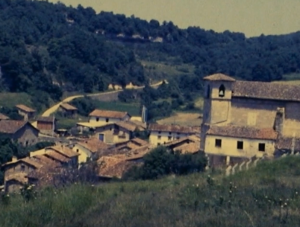
Corto documental sobre el pueblo de Izkiz , en el que el narrador describe de forma poética el pueblo entre planos de paisaje y arquitectura de este mismo. Mientras se recitan varias poesías aparecen imágenes de casas, tejados, laderas, ventanas, calles, la iglesia, casas abandonadas, animales, personas, niños –jugando o andando en bicicleta –, personas mayores, escenas de campo y vida campesina, escenas vacacionales, invernaderos, flores, insectos, el río, etc.
Documentary short about the town of Izkiz, in which the narrator describes the town in a poetic way while the film shows shots of landscapes and architecture. While several poetries are recited, we see images of houses, roofs, hillsides, windows, streets, the church, abandoned houses, animals, persons, children –either playing or riding bikes–, elderly people, countryside and country life scenes, vacation moments, greenhouses, flowers, insects, the river, etc.
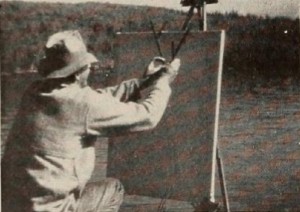
"In Lake Superior Landscape, the artist, Dewey Albinson, demonstrates his technique of landscape painting from the bare canvas stage to the climactic moment when the glowingly finished product is first exhibited. Shot by Elmer Albinson, the film is marked by vivid closeups and many changing angles, which help immeasurably to achieve a comprehensive sense of growth as the painting progresses. Producer Albinson understands the relationship that exists between the object, the artist and the painting; he has used his camera with accuracy and sensitivity to pass this understanding on to those who see his film." Movie Makers, Dec. 1947, 538.
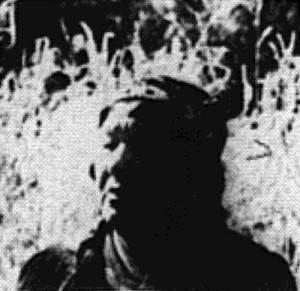
"The Arawas, natives of the New Zealand, made their home in the steaming, boiling thermal areas of their country. Now visited by numbers of tourists annually, there are still remnants of the people and their rich history and culture" PSA Journal, Oct. 1963, 42.
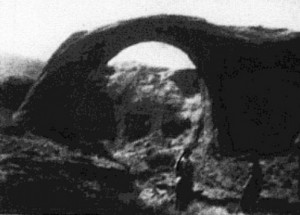
"After years of seeing the rugged Colorado River conquered by small parties of adventurers as rugged as the river itself, O.L. Tapp has produced Land of the Rock Up Over, a film in which a party of perhaps half a hundred young men and women thoroughly enjoy a mass invasion of the river country in seven large rubber rafts and only one cataract boat. The charm of Mr. Tapp's capable but perhaps over-long film lies in the companionship, fun, and excitement that stem from the very size of the exploring party. Admittedly in the river passage from Hite, Utah, to Lee's Ferry the river's most dangerous rapids have been avoided. But who cares - the group had fun! Skillfully photographed and with an interesting narrative well-recorded on magnetic stripe, the film holds audience attention by its very competence throughout its considerable length" PSA Journal, Jan. 1955, 50.
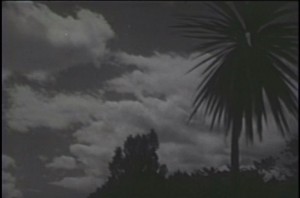
"In Ultima Thule and Peggy's Cove, produced by Edward A. Bollinger, ACL, and Mrs. Bollinger, one finds what must be the ultimate in beautiful scenic photography, magically infused throughout with a sensitive feeling for the relationship of ordinary people to their natural backgrounds. Beyond the veritable perfection of many of the scenes in these pictures it seems impossible for camera and film to go, even when guided by skill and imagination as superb as Mr. and Mrs. Bollinger's. Compositions, cutting and sequence structure are incisive and stirring, while the title wordings and execution leave little to be desired in suave good taste. The two subjects are first and last reels of a four reel study of Nova Scotia, in which, it is understood, Mr. Bollinger has done the camera work and his wife the editing and titling. It is a happy combination, from which have resulted documentary reels of magnificent skill and breathtaking beauty." Movie Makers, Dec. 1935, 550.
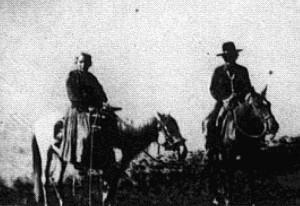
"The wilderness of Colorado where the visitor may wonder how the Indian can extract a livelihood from the dry, treeless land. To be sure, there are trees, and some with the raiment of ghosts, from which life long ago departed. The rugged Indian does eke a living from this waste, mostly from sheep, goats, weaving, and trinkets. The film is a record of these things in well chosen settings, including a desert storm" PSA Journal, Oct. 1961, 49
"documentario" "sull'attività svolta al VII campo alpino con speciale riguardo a quella della palestra di allenamento"
"documentary" "on the activity carried out at the VII alpine camp with special regard to that of the training gym."
—"I Littoriali del cinema: Un’altra interessante serie di documentari,” La Stampa, September 3, 1939
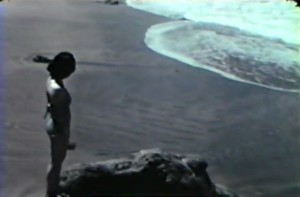
"This picture, telling a dramatic story of a mysterious curse hovering over a stretch of lonely beach, was produced in Kodachrome and runs 400 feet." Movie Makers, Dec. 1939, 614.
Total Pages: 37